Interior Tips
Bring Outdoors to Indoors

Bring outdoors to indoors by creating a cozy atmosphere with digital wallpaper & indoor plants. Lamps and pendant lights offer the perfect way to play with scale, as they can create a big impact without taking up too much space.
Highlight Wall with Accent Colour & Interesting Wall Hangings
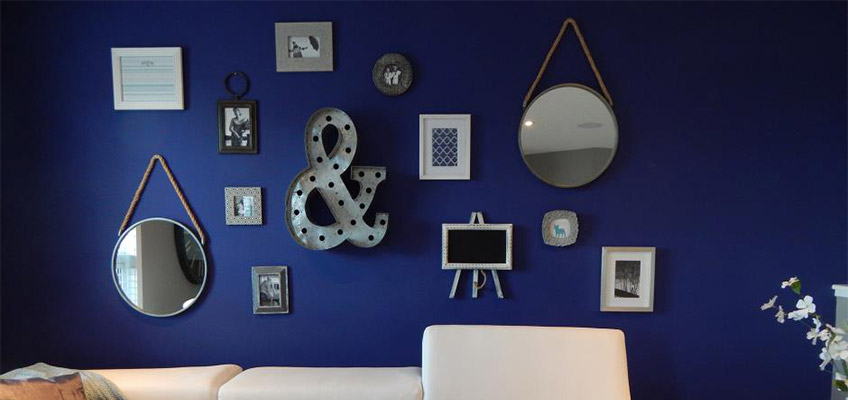
Make a boring wall interesting by highlighting the wall with accent colour combined with interesting wall hangings.
Orchestrate indoor lighting

Lighting is often the last thing most people think about when coming up with a new design scheme, but it really should be the first. You need to carefully plan where every single light, switch and socket will go before turning to decorating, making sure you include a good mix of overhead lighting, task lighting, mood lighting and accent lighting. Using the right colour and brightness of light bulb for the right tasks will also help your room look and perform its best.
Take Design tips from Nature

You don't have to spend hours scouring through pretty pictures of interiors to find your dream scheme. Look around and you'll start to see inspiration everywhere - from the soothing texture of pebbles on a beach to petrol shimmering in a forecourt puddle. Take photos and use them to help you create a concept board to inform your design. This living room draws on the coastal landscape, from the lobster-pot light fitting to the whitewashed wood walls.
Create an Outdoor Room
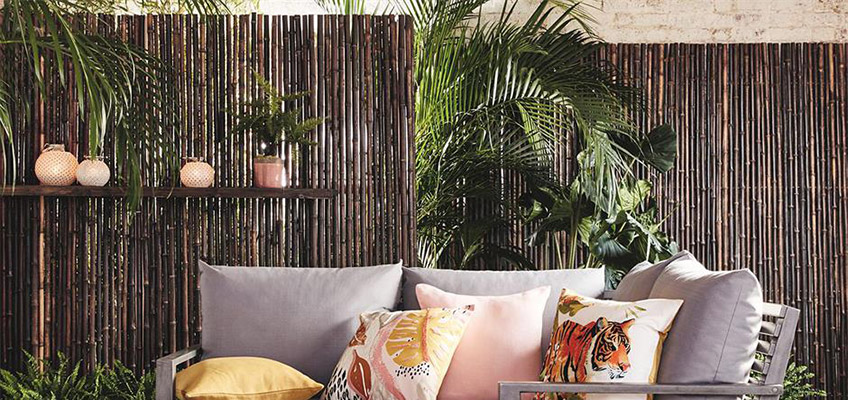
Treat your exterior space as you would a living room scheme and factor in rugs, lighting, comfortable seating and areas to pop drinks. Paint fences in sunny colours, display artwork (you can buy prints specifically for outdoors, to survive the elements) and hanging plants. Lastly, use a rug to ground the scheme.
Be Punchy with Pattern

Combining different patterns in the same room can be tricky, but a good tip is to use varying patterns in similar colours, or the same pattern but in varying scales. For example, try small florals mixed with big blowsy blooms, or go for bold geo shapes in different colourways as shown here.
Take floor Tiles onto walls

Who says you can't use the same patterned tiles on both walls and floors? Carry them up from the floor to the ceiling for a standout design with maximum impact.
Map out a gallery wall

A staple in the interior design repertoire, the gallery wall is an exercise in creativity and balance - but not even the experts get it right the first time. To achieve that Instagram-worthy display, map out your design beforehand. Cut out cardboard templates of each frame you want to hang and arrange them across the wall with Blu Tac until you find a combination that works, then simply swap for the real thing!
The power of three

Three is most definitely a magic number when it comes to design - as are odd numbers in general. Grouping odd numbers of items - be it cushions, vases, pictures or candles - forces the eye to move around the display, creating a level of visual interest that symmetrical, even-numbered arrangements simply can't compete with.
Get your rug right

Rugs are the ultimate way to draw an interior design scheme together, but go too small and the rug will look lost and your scheme will fall flat. Ideally, a rug should be big enough that some or all of your furniture's feet can sit on it - using a tiny rug under a coffee table will only make a room feel poky. In a dining area, you should be able to sit at the dining table with all four of your chair's feet on the rug. Consider usiing them in different ways, too - whether it's a few rugs overlapping each other or even hung in place of wallhangings.
Opt for non-toxic paint

When choosing paint, it's easy to put colour first and forget other factors, such as how the paint might affect the environment or your health. Consider buying paints made from natural materials that contain no (or very low quantities of) harmful volatile organic compounds (VOCs). They may be a bit pricier, but they're a worthwhile investment, especially for a children's room or nursery.
Start with a sofa
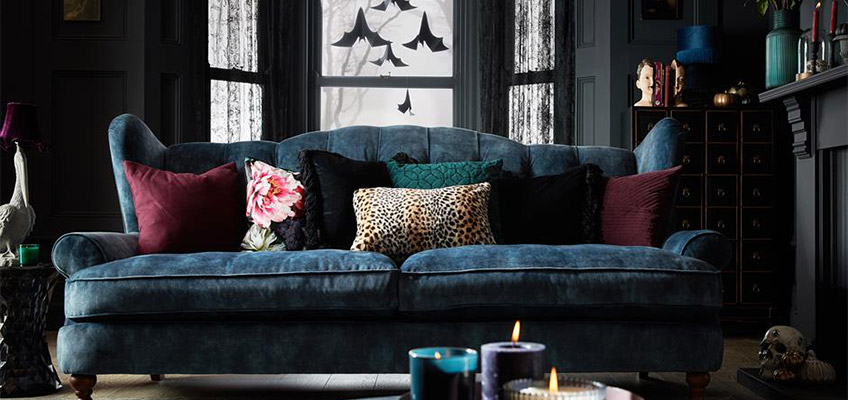
When you're working with a blank canvas, it can be difficult to decide where to start. Rather than getting bogged down with boatloads of accessories in your living room, start with the sofa. Usually the largest piece of furniture in the room, it's easiest to plan your layout around this key feature. When it comes to positioning, consider the light, thoroughfares and any views you might want to utilise. This also works for other rooms, whether it's the bed in a bedroom or a dining table in an entertaining area.
Hang curtains high
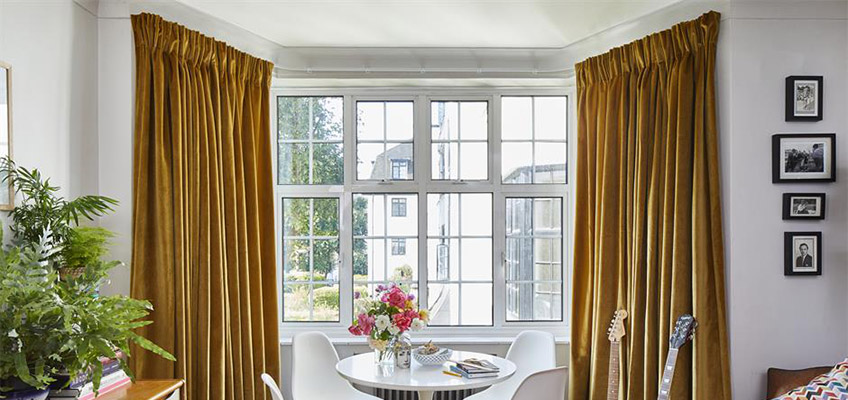
Curtains can make or break a room. Opt for a luxurious fabric, such as velvet, to create an opulent frame for your windows. One of the most common curtain mistakes is to hang them just above the top of the window frame, making the window - and the room - feel squat. Hang them high to create a grand impression and make the room feel taller.
Repurpose wallpaper in unexpected ways
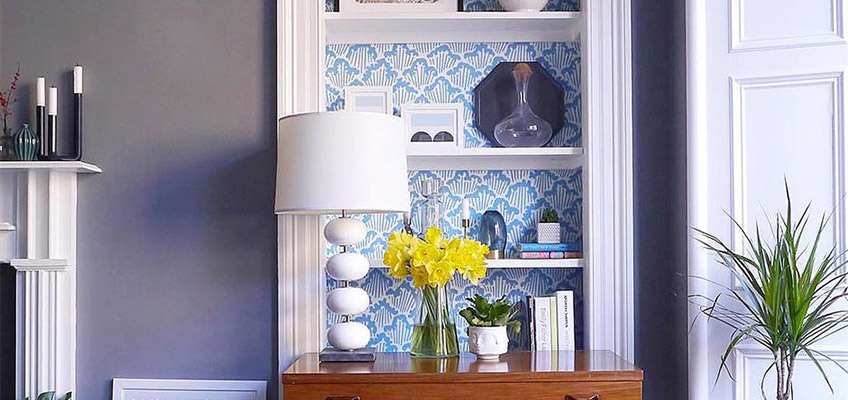
Wallpaper can be used in other unexpected places - to line cupboards, drawers and shelving, for example. This is a subtler, cheaper way to introduce a statement pattern into your scheme than papering a whole wall. Again, keep an eye out for money-saving off-cuts if you don't need to use a whole roll.
Play with pendant lighting

One of the most common questions interior designers are asked is how high to hang pendant lighting. The answer depends, to some extent, on the size and style of your light, the height of your ceilings and the height of the people living in your home, but here are some useful guidelines: in a living room or hallway, hang your light about 2.4m from the floor, above a dining table, leave about 75cm between the table top and your pendant, above a kitchen island, leave about 80cm.
